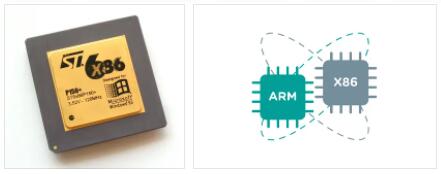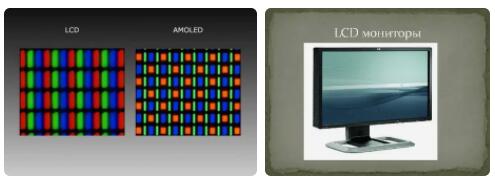
About X86
X86. Generic denomination given to certain Microprocessors of the Intel family, their compatible ones and the basic architecture to which these processors belong, by the ending of their numerical names: 8086, 80286, 80386, 80486, etc. According to abbreviationfinder, they have been a standard for computers of the IBM PC Compatible type since their birth . They are commonly known by shortened versions of their names, such as 286 or I286, 386 or I386, 486 or I486, and even 086, for I8086 or I8088 (their respective 8-bit version). The commercial popularity of this architecture caused many manufacturers, in addition to Intel, to begin mass-producing microprocessors based on this architecture. These companies include AMD, Cyrix, NEC Corporation and Transmeta, among others. History The architecture known as x86 begins in 1978 with the…






